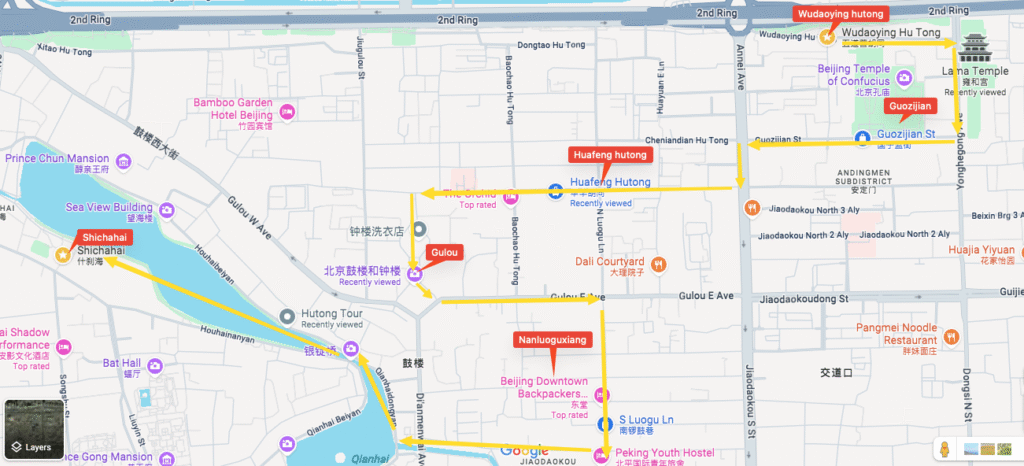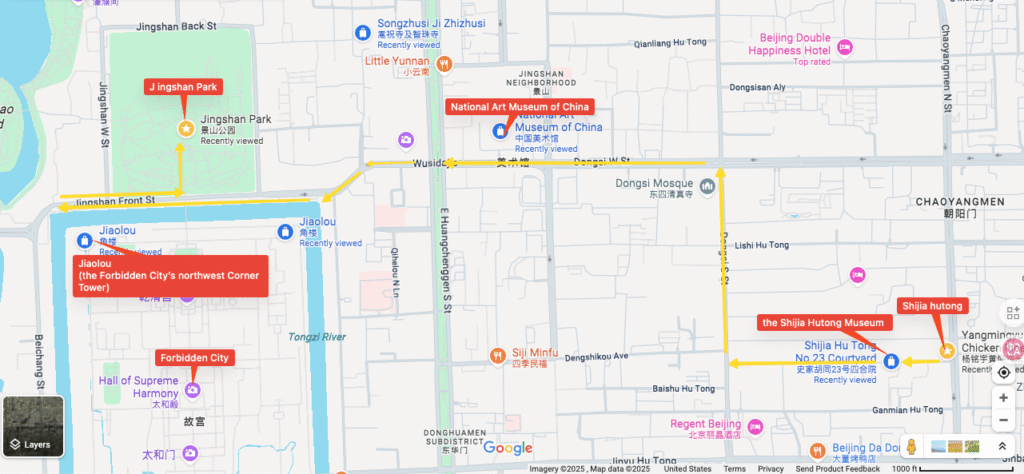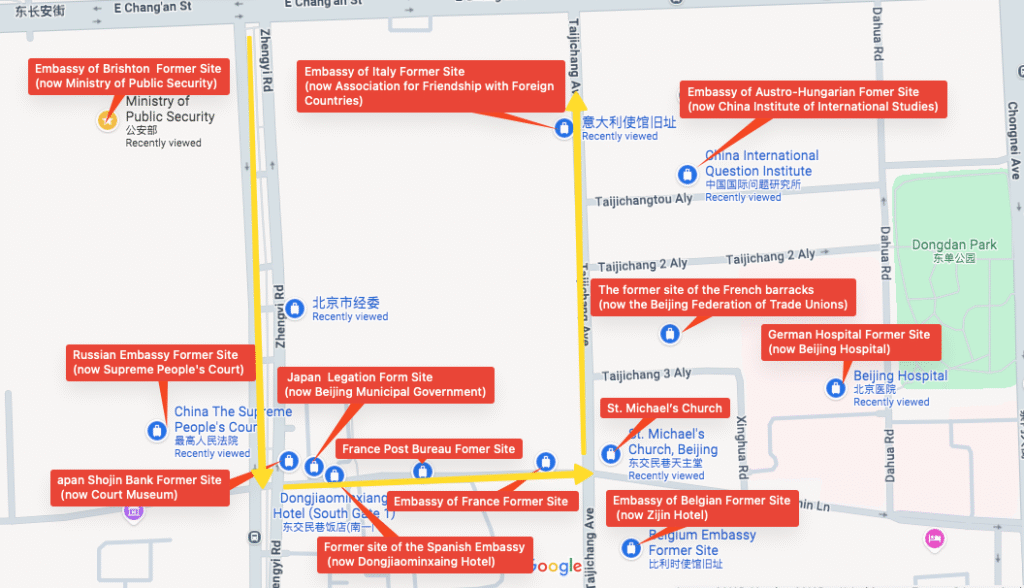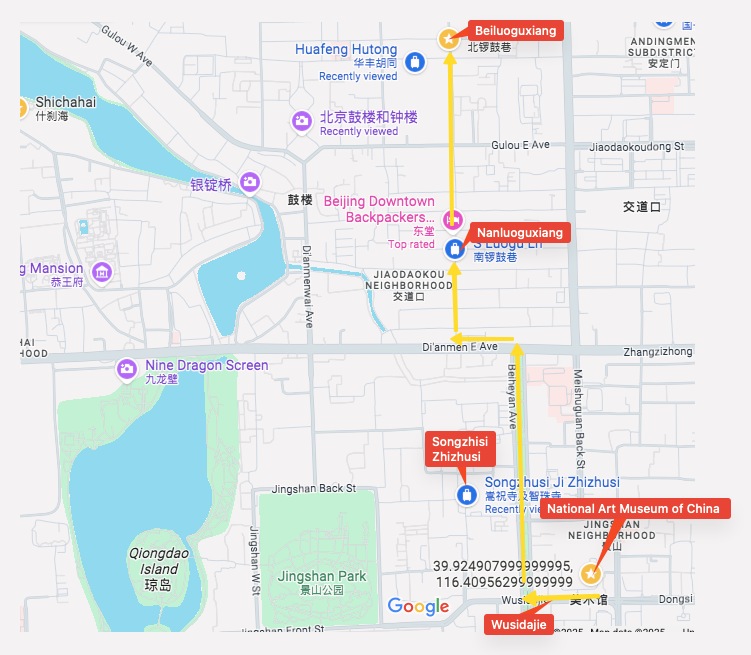Beijing Hutongs: Where Time Stands Still
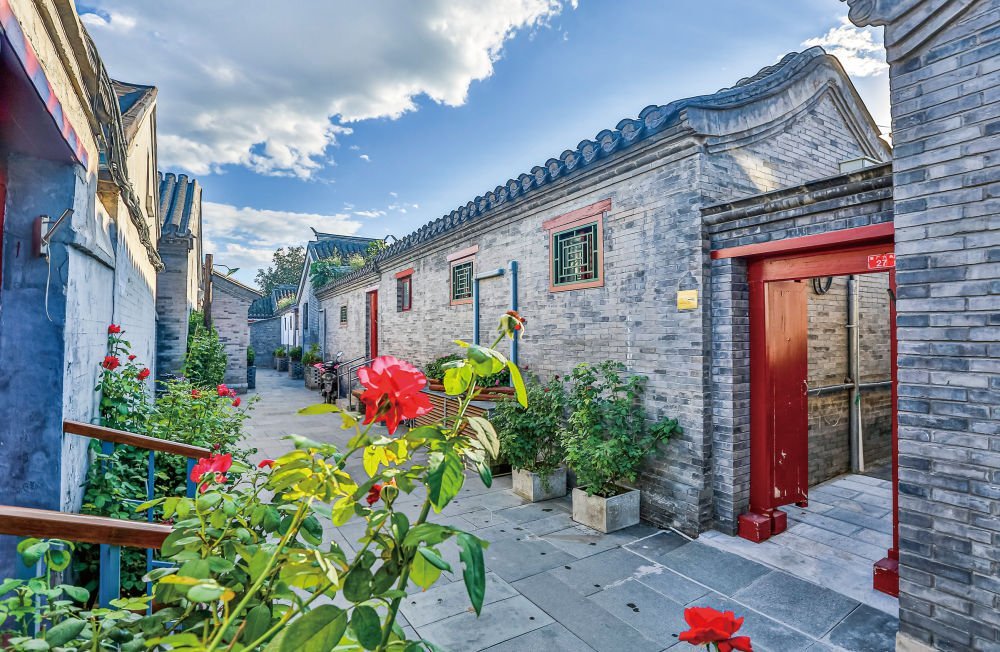
Step into Beijing’s hutongs and you’ll discover a city within a city – a maze of narrow alleys that have survived dynasties, wars, and skyscrapers. These aren’t just old streets; they’re living museums where centuries-old traditions play out in everyday life.
What makes these ancient lanes so captivating? It starts with the architecture itself. Each hutong is lined with siheyuan – traditional courtyard houses built around the simple yet profound idea that family life should center around a shared space.
The gray brick walls and red wooden doors might look uniform from the outside, but peek through any doorway and you’ll find unique worlds shaped by generations of families.
This thoughtful design has fostered something equally remarkable: authentic community life. Forget social media – hutong residents have been building real connections for centuries. You’ll see elderly men playing xiangqi (Chinese chess) under ancient trees, neighbors sharing meals in courtyards, and kids riding bikes through alleys their great-grandparents once walked. It’s community living that most modern cities have lost.
And where there’s real community, you’ll find real food. The best Beijing flavors aren’t hiding in fancy restaurants – they’re tucked away in hutong hole-in-the-wall eateries where recipes haven’t changed in decades. From hand-pulled noodles to perfectly crispy jianbing, these narrow streets serve up some of the city’s most authentic tastes.
Ready to experience all this for yourself? Let’s explore some classic hutong routes that showcase the very best of old Beijing.
Route 1: Wudaoying Hutong → Guozijian → Huafeng Hutong → Gulou → Nanluoguxiang → Shichahai
–Wudaoying’s cafes and converted siheyuan courtyards;
–Guojijian (The Imperial Academy ) was China’s highest educational institution for over 600 years,,and it is connected to the Temple of Confucius, a temple dedicated to the ancient Chinese sage Confucius, and is the highest place representing Confucian culture.
–Huafeng Hutong’s preserved quadrangles and literary heritage;
-The majestic Drum Tower with its panoramic city views;
-Souvenir shops along Nanluoguxiang (Nanluo Alley);
-The peaceful lakefront of Shichahai with its temples and old residences.Don’t miss the Yandaixiejie Hutong.
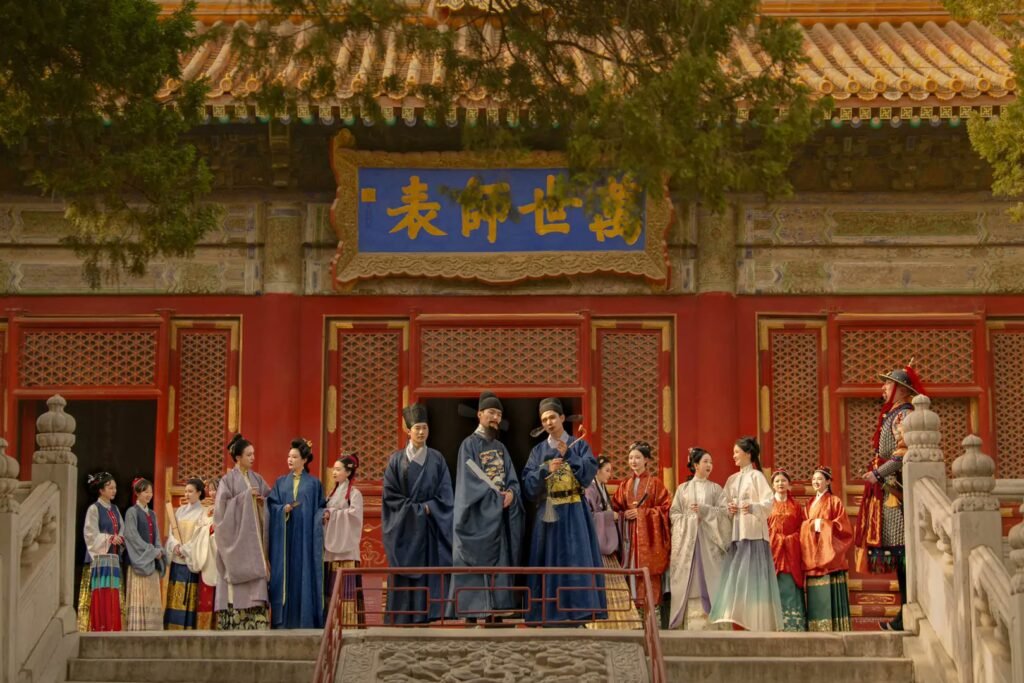
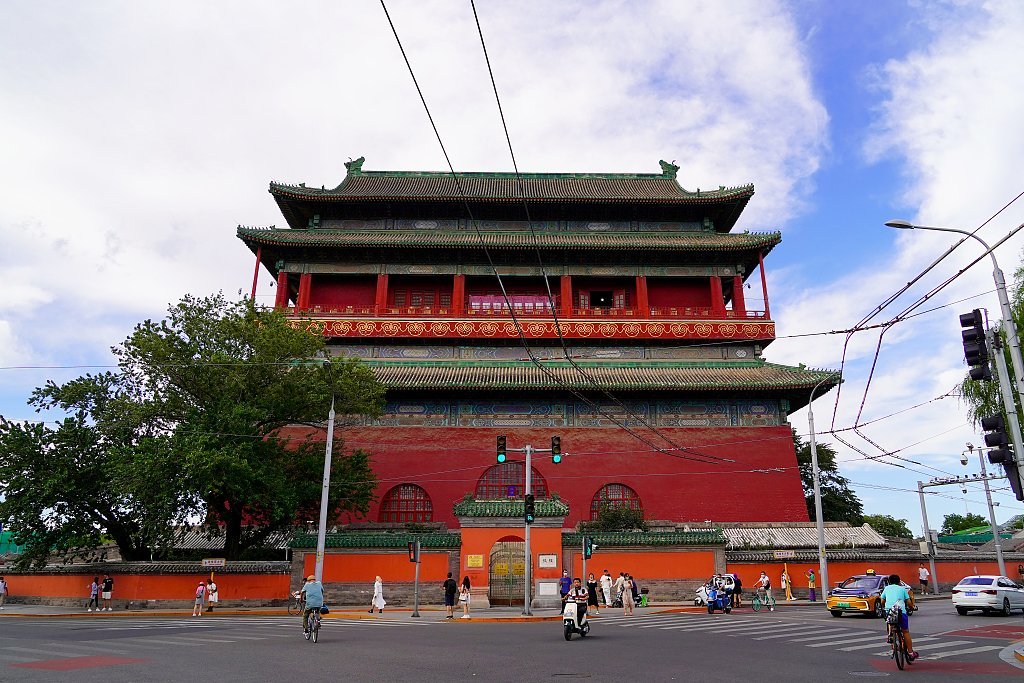
- Photo spots: The red Drum Tower (Gulou) with its historic drums is very photogenic, as is the eastern entrance arch of Nanluoguxiang. By Shichahai you’ll find quaint willow-lined bridges and reflections on the lake at Houhai. Don’t miss the classic shot from the “Silver Ingot” (Yinding) Bridge on Shichahai.
- Approximate distance: About 4–5 km total. (Wudaoying to Shichahai on foot, with stops.)
- Way to explore: Best on foot (with comfortable shoes). You could also rent a bike or pedicab to cover more ground, especially on the Shichahai waterfront.
- Extra tips: Start early to avoid Nanluoguxiang’s crowds. Many shops here are cashless (AliPay/WeChat). In warm weather, carry water and wear sun protection for the open stretches. Shichahai’s bars and restaurants are fun at dusk, and a boat ride on the lake (summer) can be lovely.
Route 2: Shijia Hutong → Dongsi South St.→ Wusi Dajie → Forbidden City Corner Tower → Jingshan Park
–Shijia Hutong – peaceful old lane with grey-brick houses, the former courtyards of artists and officials. The Shijia Hutong Museum (traditional courtyard No.24) which showcases daily life in old Beijing.
–Dongsi South St.-There are all kinds of small shops along the street to explore
–Wusi Dajie (famous for the National Art Museum and busy street life).
-The Forbidden City Corner Tower – on the moat of the Palace walls, offering scenic reflections and park views.
–Jingshan Park – historic royal garden hill where you can see the entire Forbidden City and Beijing laid out below.
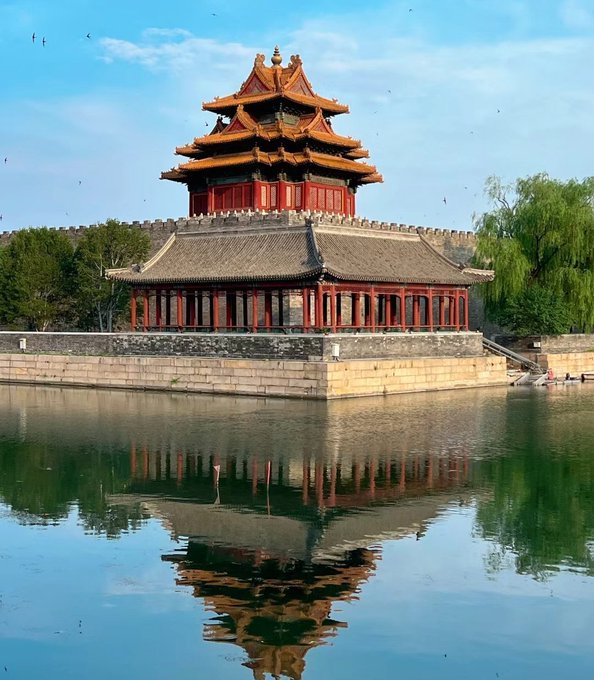

- Photo spots: The red-roofed Corner Tower is iconic at sunrise (with willow trees and water reflection). From Jingshan’s Wanchun Pavilion on the peak, you get a full panorama of the Forbidden City’s golden roofs and cityscape. In Shijia, look for painted doorways and lively street scenes.
- Approximate distance: Roughly 3–4 km (mostly on level streets, then uphill at Jingshan).
- Way to explore: Walking is best (shoes recommended for the Jingshan climb). Jingshan has paved paths.
- Extra tips: Shijia Hutong feels like stepping back in time. It’s very quiet, so speak softly. The small Shijia Hutong Museum is free (Tue–Sun 9:30–16:30). Jingshan can be busy around sunset – for fewer crowds, go mid-morning or late afternoon. On a clear day from Jingshan’s top you can also spot Beihai Park and the Drum Tower. Bring a hat or light jacket, as wind can be strong on the open summit.
Route 3: Dongjiaominxiang (Former Legation Quarter) → Former French Post Office → St. Michael’s Church → Zijin Hostel → French Institute → JC Museum
-The architecture along Dongjiaominxiang (longest old hutong in Beijing at ~1.6 km) – look for ornate doors, carved stone pillars and Baroque columns.
-The former French Post Office façade (now a cultural building) and the striking red-brick St. Michael’s Church. If open, peek into Zijin Hostel’s courtyard (historic Prince Xu Tong mansion).
-End at the Institut Français and nearby exhibition spaces, which often have rotating art/heritage displays.
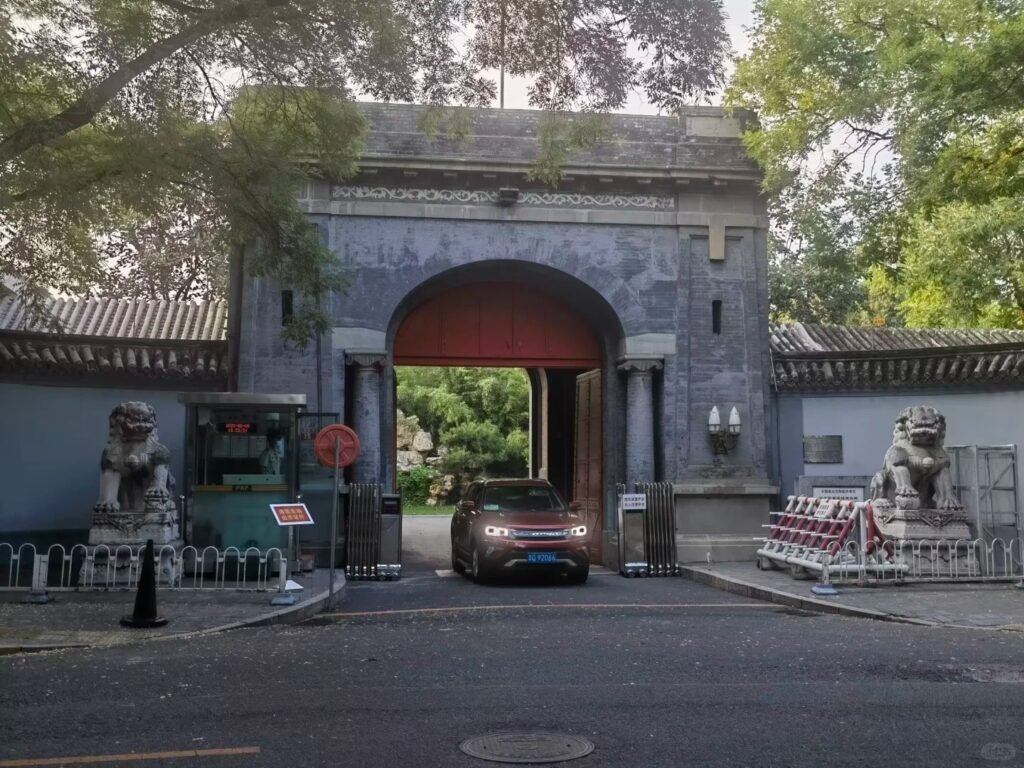
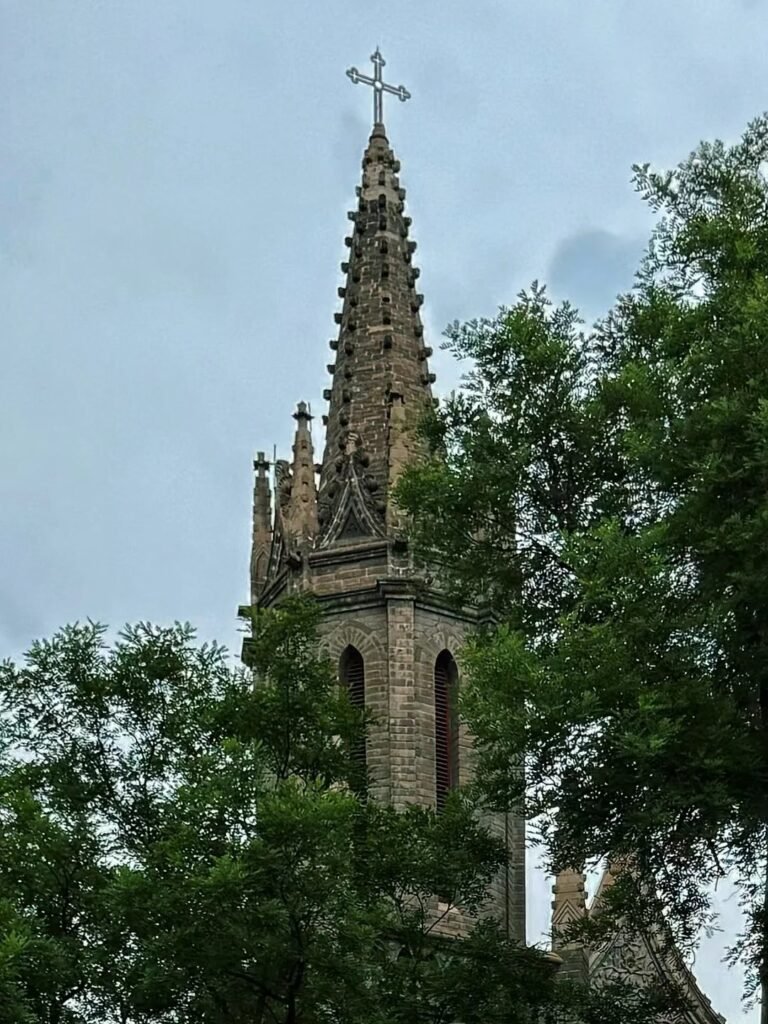
- Photo spots: The stately entrance of St. Michael’s (Dongjiaomin Church) with its crosses and old tram rails in front. Some of the embassy buildings have decorative facades worth capturing (like the former Japanese Embassy blocks).
- Approximate distance: About 3 km.
- Way to explore: Walking or cycling. (This broad street is flat and quiet; bikes or pedicabs can be fun here.)
- Extra tips: Almost everything here is free to roam. The area has shady trees and some cafes – a good place for a lazy pause. Read plaques on the embassy sites for history. The legation quarter is stroller- and bike-friendly. Watch traffic on Dongjiaomin Street, as cars still pass occasionally.
Route 4: Wusi Dajie → Beiheyan St. → Nanluoguxiang → Beiluoguxiang
Wusi Dajie-The imposing façade of the National Art Museum of China (1 Wusi Dajie,opened 1963). Local life in small hutongs like Donghuangchenggen.
–Beiheyan St.
Songzhu Temple : Once the spiritual heart of Tibetan Buddhism in Beijing,about 300 years ago, this Ming Dynasty temple served as the residence for visiting Dalai Lamas, bridging Tibet and the imperial capital.
Zhizhu Temple : A beautifully preserved Qing Dynasty temple that has been transformed into a contemporary cultural space,with a history of more than 600 years, where ancient Buddhist architecture now hosts modern art and design exhibitions.
–Nanluoguxiang – a century-old pedestrian street filled with boutiques, cafes and old courtyards.
-Nearby Beiluoguxiang – a lesser-known sibling alley that’s quieter and great for street photography.
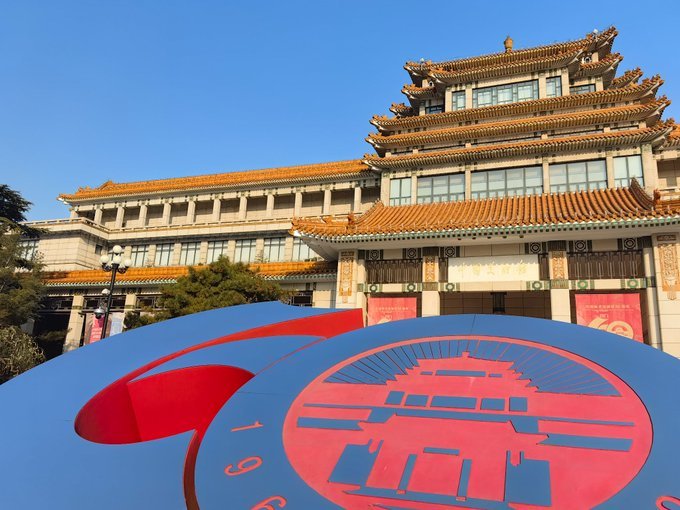
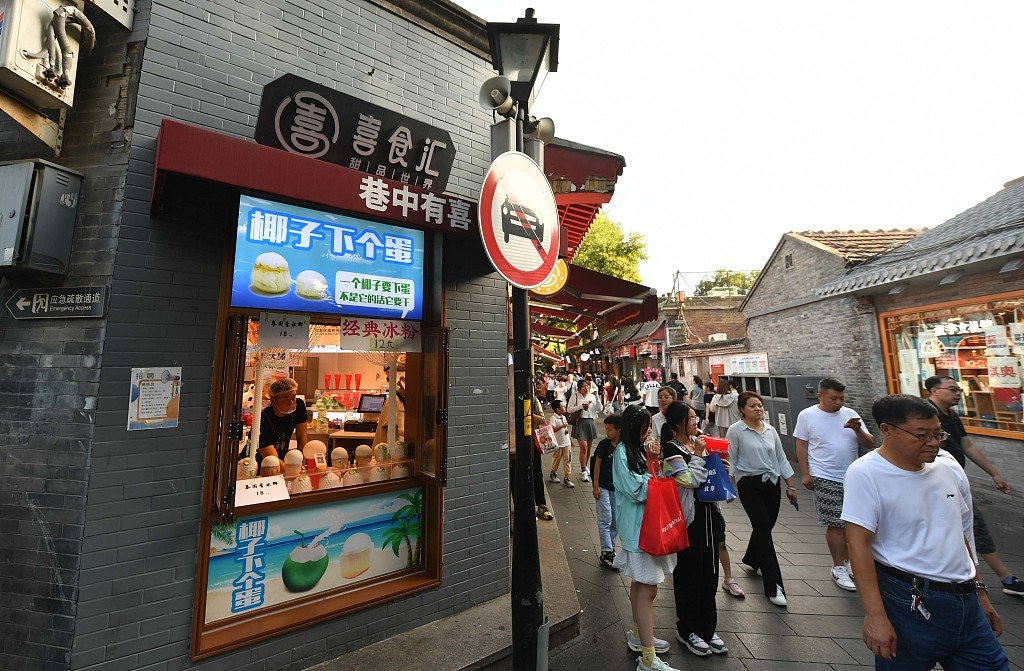
- Photo spots: The classic Nanluoguxiang entrance gate (red Chinese roof); bustling street scenes in Nanluo; and in Beiluoguxiang, find colorful doors or murals in the quieter lanes. (The Nanluo station entrance arch is also popular.)
- Approximate distance: Around 2–3 km.
- Way to explore: On foot. The route is short but popular, so best by walking so you can pop in/out of shops.
- Extra tips: Nanluoguxiang can get very crowded midday – early morning or late afternoon are nicer. Many shops here cater to tourists (some with English menus/cash). In Beiluogu, look for local snacks or antiques tucked in the side alleys.
You can choose walk or cycle around the Hutong route you are interested in.
It’s actually great that when you’re actually there, you might prefer to explore freely! What could be more exciting than following your heart and exploring the unknown.
But I would like to remind you that the Hutong may be a travel experience for you, but it does have many locals living in their homes for a lifetime, so please try not to make loud noises during the tour, do not enter the private courtyard at will without permission, and if you are cycling through it, please be aware that the elderly and children may appear in the Hutong at any time.
Enjoy your Hutong tour!

